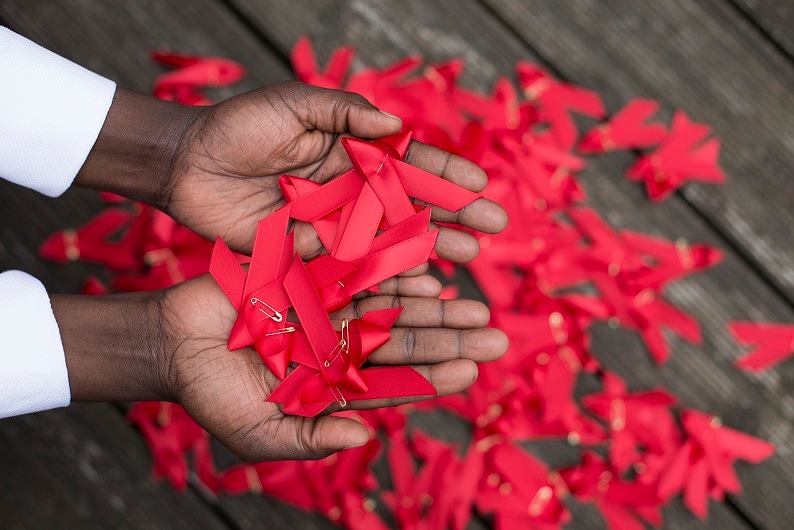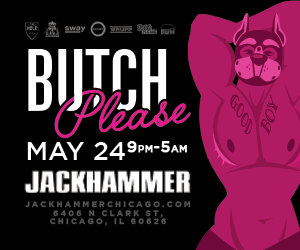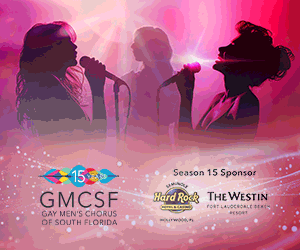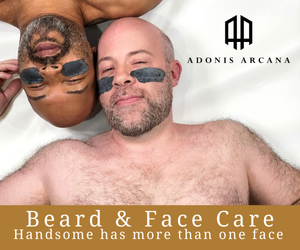3 biggest HIV myths and how to help fight stigma
Many myths have been spread about HIV and AIDS since the beginning of the epidemic in the early 1980s and 1990s. Many of these myths, including the myth that HIV was a disease that only affected gay men, were born of the misinfromation that spread throughout the world as many doctors, scientists and average people struggled to understand a new virus that they had never dealt with before.
As we learned more about the virus, new information has been presented to us that helps us understand and cope with the virus much better in our society now. However, there are still fallacies that linger and continue to cause stigma in our society. We cannot move forward and continue to eradicate the virus unless we first eradicate stigma.
Here are 3 of the biggest myths about HIV that still linger on today, and what information we can use to continue to fight stigma and educate others.
HIV can be contracted through kissing, hugging or touching a person living with the virus.
The reason why so many people believe this is because, at the start of the HIV/AIDS epidemic, there was very little information about how the virus was contracted. People thought that it was possible to pass the HIV virus like you would a cold or flu virus — by coming in close contact with a person who was diagnosed. But today, we know this isn’t true.
However, this does not stop people today from continuing to spread this false and extremely harmful information. A way to combat this is to continue sharing the facts about HIV, including data that shows how HIV is contracted and prevention methods.
I don’t need to be tested regularly because I am not gay and/or I am in a monogamous relationship.
Many people still believe that HIV is a gay virus. This is because, in the early days of the epidemic, scientists and doctors began referring to HIV as “GRID”, or “gay-related immunodeficiency” syndrome. It was later discovered that, despite the fact that the virus affected the gay community at an alarming rate early on, anyone could contract the virus, whether they engaged in gay sex or not.
This idea also fed into the notion that the main way to contract HIV was through sex. For these reasons, people still consider themselves safe from contracting HIV if they aren’t gay and aren’t having sex with multiple sex partners. However, many people who contract HIV don’t show symptoms for many years, and some never develop any symptoms. It is quite possible for a monogamous partner to have contracted HIV from a previous sexual encounter. Also, people in monogamous relationships sometimes cheat.
It is also worth mentioning that HIV isn’t always contracted through sexual intercourse. HIV can be transmitted in other ways, including shared needles and some blood transfusions. It is always wise for everyone to continue to get tested for HIV regularly, despite your sexual orientation or relationship type, in order to help combat this myth.
Being diagnosed with HIV is a death sentence.
Many people still believe that HIV is a death sentence because, at the start of the epidemic, there was no treatment available, and most people who contracted the virus died very soon after.
But many advances have been made in HIV treatment, and today most people diagnosed with HIV are able to bring their viral load down to an undetectable level — meaning that the amount of the virus is their blood is too low to be detected and cannot be transmitted. Also, the medications used to treat HIV are so effective that many people are taking them as PrEP (pre-exposure prophylaxis), and have been proven to be up to 99% effective at preventing them from contracting the virus.
HIV is no longer the “death sentence” it was almost 40 years ago, and many people living with HIV live long, healthy lives. It is important to continue to share this information in order to continue to fight stigma.
















